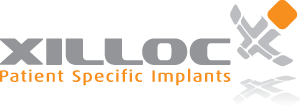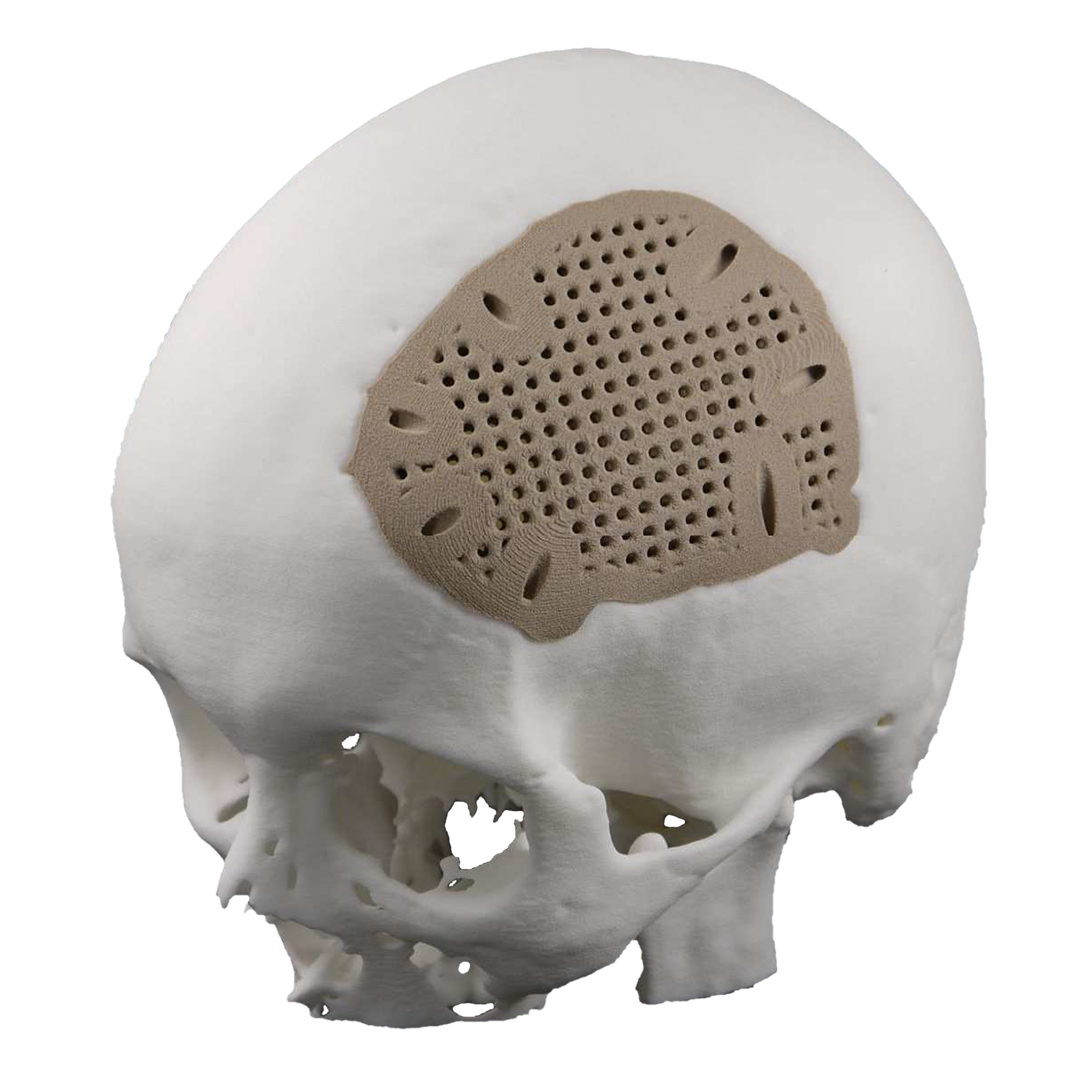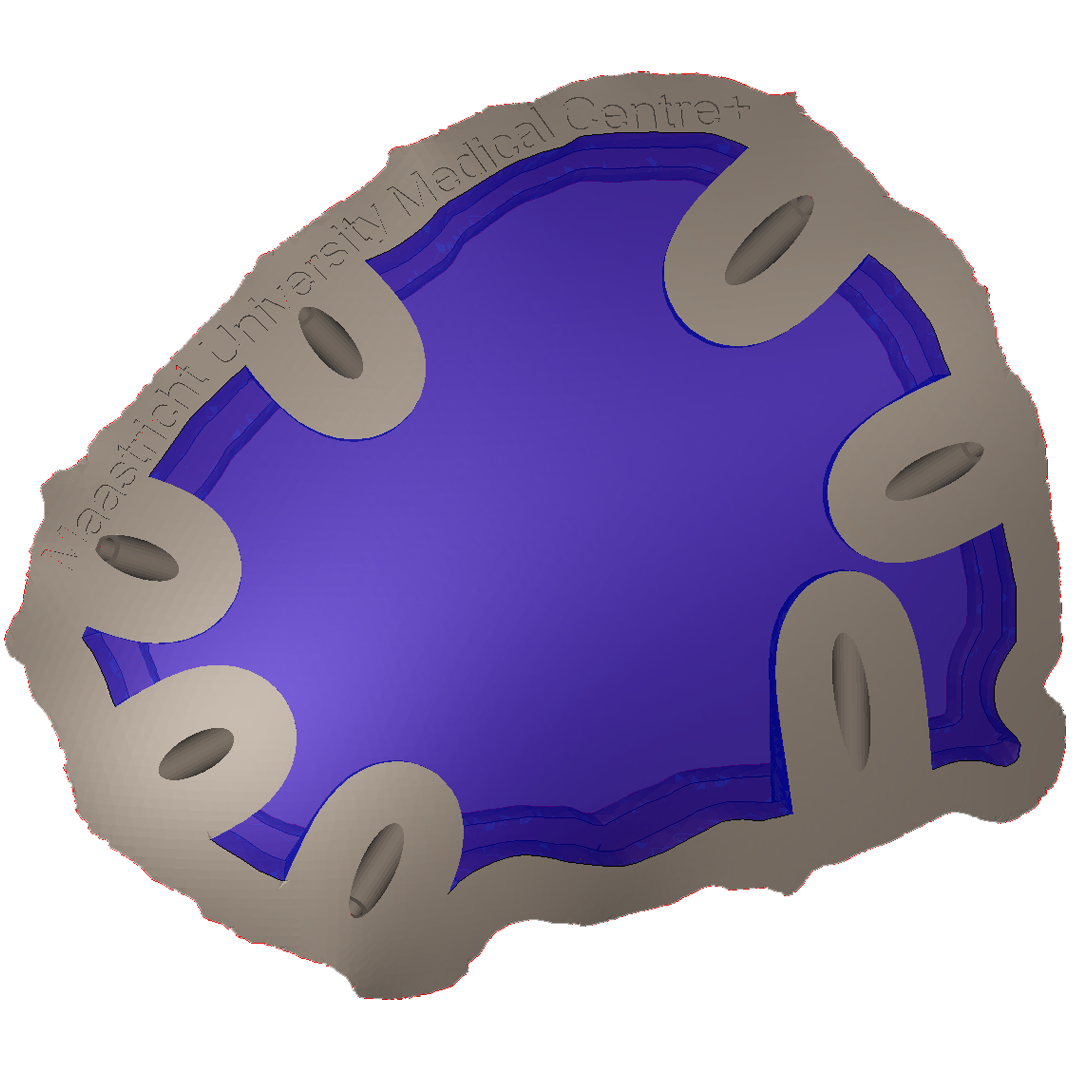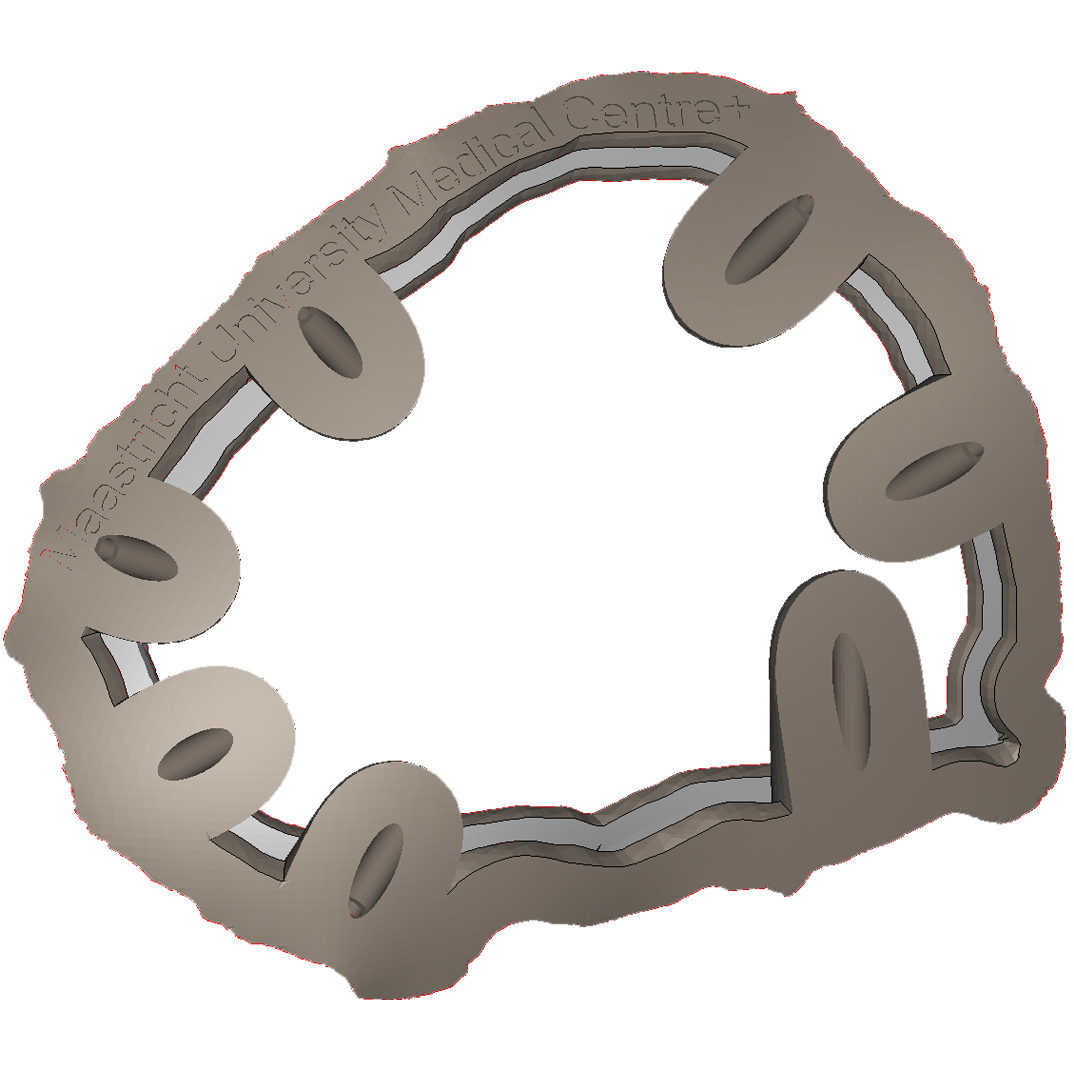Patient Specific Implants, the perfect fit
Starting from the patient’s CT data, Xilloc provides anatomically shaped Patient Specific Implants (PSI’s) to reconstruct skeletal defects or enhance skeletal features. Our custom implants, optionally combined with anatomical models will surely benefit both surgeon and patient.
Benefits for patient and surgeon
|
|
Complex structures possible
Images in cooperation with EOS and Custom IMD
|
A common indication for PSI
On our website you will find many example images of skulls reconstructed with a Patient Specific Implant. In principle, PSI’s can be used for any skeletal reconstruction, but skull reconstruction following craniectomy is the oldest application for a PSI. The reason for this is that here, next to proper defect closing and brain protection, aesthetics are very important. Traditional reconstruction methods didn’t score very well in this area, as you can see in the image below.
People of all ages can face health problems that require them to undergo a craniectomy. For example, brain infarction and intracranial haemorrhages, caused by rupture or embolization of intracranial arterial vessels, often require immediate brain decompression, for which large skull bone segments have to be removed during a craniectomy. But craniectomies are also performed on people with intracranial disorders caused by trauma, tumours or infections. These craniectomies have an enormous impact on patients’ lives. The large skull bone defects that remain create emotional, functional, physical and aesthetic disturbances that change patients’ lives. The reconstruction of large bone defects presented great challenges. And little was known on how to best approach these challenges. The reconstruction of large skull defects was a truly complicated craft, with surgeons manually shaping, modelling and placing bone cement, bone grafts or titanium meshes. This in turn means long, high-risk and complex operations with poor safety and poor aesthetic results and correspondingly long hospitalisation times for the patient. Thankfully, this now belongs to the past and large skull defects can perfectly be closed with a Patient Specific Implant.














